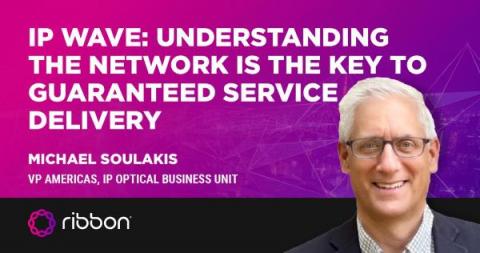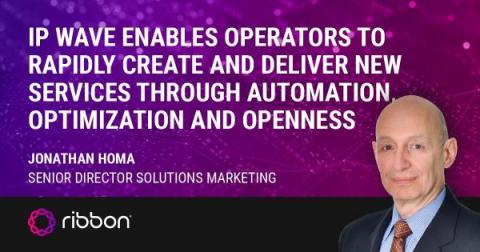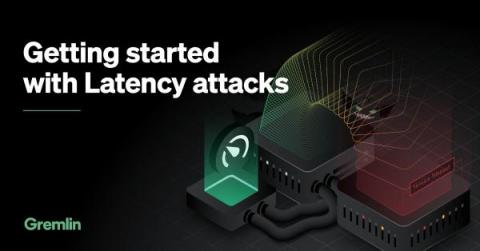Operations | Monitoring | ITSM | DevOps | Cloud
Latest News
Effectively Bridging the DevOps - R&D Gap without Sacrificing Reliability
DevOps culture revolutionized our industry. Continuous Delivery and Continuous Integration made six sigma reliability commonplace. 20 years ago we would kick the production servers and listen to the hard drive spin, that was observability. Today’s DevOps teams deploy monitoring tools that provide development teams with deep insight into the production environment. Before DevOps practices were commonplace, production used to fail. A lot.
IP Wave: Understanding the Network is the Key to Guaranteed Service Delivery - Part 3 in the IP Wave Series
There’s little doubt that a lot has changed when it comes to network design, specification and build. The seemingly simple goal of carrying traffic from point A to point B might remain, but these days it comes with a long list of options and alternatives to cover a wide range of network architectures, content providers and service types, all of which might have different requirements for bandwidth, latency, and availability.
Enabling Service Providers to Rapidly Create and Deliver Innovative New Services through Automation, Optimization and Openness: Part 2 in the IP Wave Series
I am excited about the upcoming Optical Fiber & Communications (OFC 2022) Conference in San Diego for several reasons. Not only will it be the first in-person conference that I have attended in more than two years due to the pandemic, but the thing that I am most excited about is the fact that Ribbon will be showcasing our new IP Wave offering at the show.
Engineering's Role In Setting A Winning SaaS Pricing Strategy
Use Your Load Balancer to Monitor Application Health
HAProxy and HAProxy Enterprise collect a vast amount of information about the health of your applications being load balanced. That data, which uses the Prometheus text-based format for metrics, is published to a web page hosted by the load balancer, and since many application performance monitoring (APM) tools can integrate with Prometheus, it’s likely that you can visualize the data using the APM software you already have.
Getting started with Latency attacks
As the world becomes more dependent on cloud-native systems, the tolerance for slow services is decreasing. Users expect instantaneous access to services, whether it's for work, entertainment, or even cloud infrastructure. Even small amounts of latency can significantly decrease user satisfaction: nearly half of all users expect web pages to load in under two seconds, and as many as 28% of users will permanently abandon a slow site.
ServiceNow + Squadcast Integration: Automate IT Ticketing and Project Tracking
DevOps 101: What, who, why, and how?
What SREs Can Learn from Capt. Sully: When to Follow Playbooks
When are you smarter than your playbooks, and when are your playbooks smarter than you? That’s a question that engineers rarely step back to consider. The rational, disciplined parts of our minds tell us that the playbooks we are supposed to follow were carefully designed and tested, and that we should stick to them at all costs.











